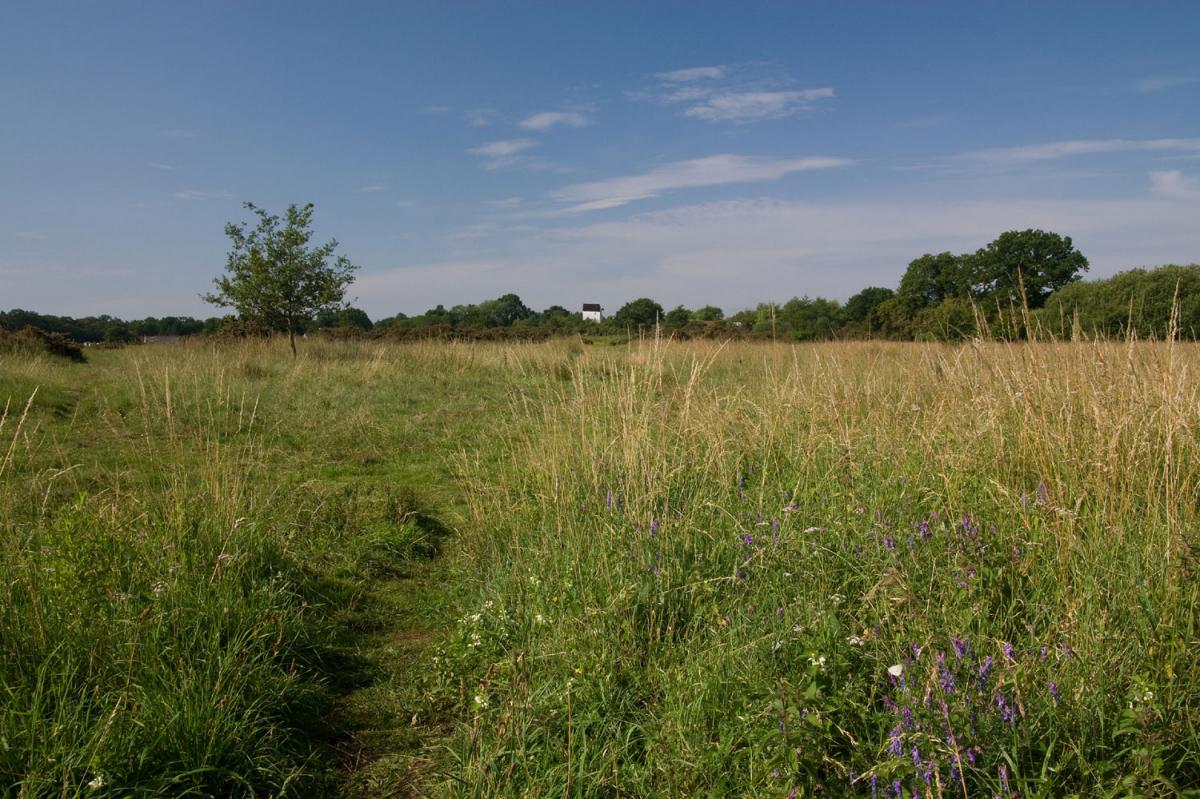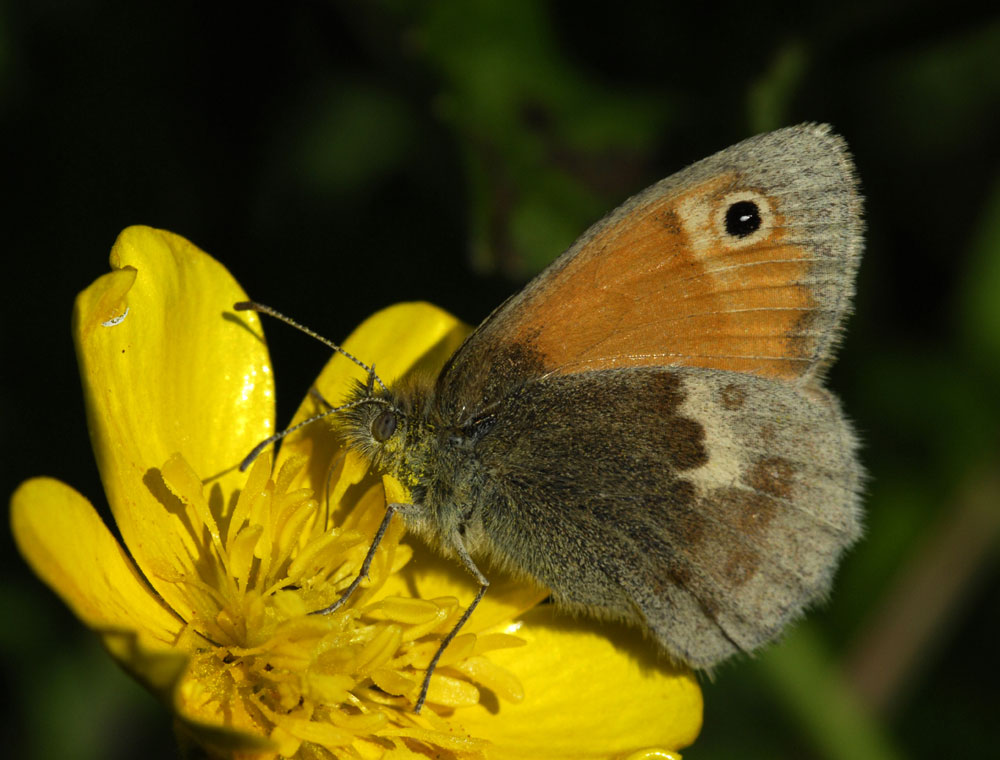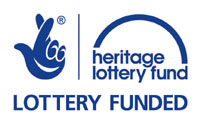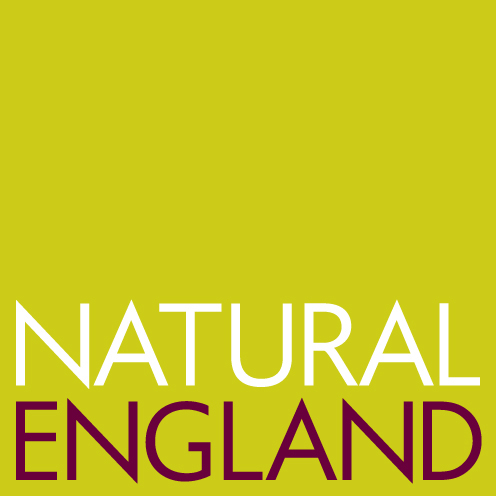Broomscot Common

Broomscot Common © A. Rivett
Broomscot Common, in the parish of Garboldisham has been leased by the LOHP from the Garboldisham Parish Charities since late 2010. The Common covers an area of 11.4 hectares, and although not directly adjacent to the Little Ouse, is linked to the river by a small stream that flows from the Common through Garboldisham Old Fen to the LOHP's site at Scarfe Meadows. It is a designated County Wildlife Site, and contains a mix of habitats ranging from wet fen at the north end of the site to very dry, sandy grassland much like that found further west in the Brecks.
The Common has not been grazed or managed in any way for a number of years resulting is loss of quality of some of the habitats, although they still support many species of conservation interest. The LOHP has embarked on a major programme to restore the key habitats, establish a long term management plan and improve public access.
Conservation
The Common has a rich mosaic of habitats typical of other sites managed by the LOHP. The main area is lowland dry acid grassland and lichen heath, interspersed with gorse, heavily grazed by rabbits and home to linnets and yellowhammers. With careful management, this rare habitat can be improved floristically to encourage plants like meadow saxifrage, harebell and heath bedstraw. Contrasting with this dry habitat, at the northern end of the site there are areas of lowland meadow and fen near the stream crossed by the main footpath onto the Common. Typical fen species found there include ragged robin, blunt-flowered rush, fen and marsh bedstraw and narrow-leaved water dropwort. The stream has an ephemeral pond at its eastern end and is edged by scrub with nesting bullfinches, turtle doves and garden warblers. All these habitats have BAP (Biological Action Plan) status to denote their national vulnerability. After years with no management, the Common needs serious restoration work. Grazing will be used to restore species rich fen and grassland. To allow this, the whole area has had a stock proof fence installed with wide-access kissing gates to allow easy pedestrian access.
Ragwort infests the dry grassland and there is a legal oblication to control it because of the danger it poses to grazing stock. A programme of ragwort control, including some targetted use of herbicide, began in 2011.
The gorse, which covers a substantial area of the eastern part of the site, has become 'leggy' but responds to coppicing. This is being carried out on a rotational basis over several years and the renewed, denser growth promoted by the cutting will provide further nesting habitat for birds.
The stream and pond at the north end of the site has become overgrown and silted up, with trees and scrub creating dense shade around the pond. The pond has been opened up by removal of scrub and trees, although some are being left to re-grow as pollards or coppice. Some de-silting has also been carried out to increase the open water habitat.
Hedgerows on the boundaries of the site form an important landscape feature as well as habitat for birds and insects. They will be managed by pollarding and coppicing to promote new growth, and planting-up of any significant gaps with native species.
Special features

female linnet - males have a bright red head patch and breast © A. Rivett
The gorse and scrub at Broomscot Common still provide ideal nesting habitat for linnets. Their trilling and twittering song is a feature of the Common in spring.These delightful finches feed on seeds in open habitats but build their nests in dense scrub. In common with many other farmland birds, their numbers have been falling rapidly in Britain since the mid-1970s. As a result this once common species is now Red listed in the UK and is a Biological Action Plan species.

small heath butterfly © A.Rivett
The Small Heath is, as its name suggests, a tiny butterfly of heathland and other, dry, open habitats with a short turf of the fine grasses on which its caterpillars feed. It flies only in sunshine, settling with its wings closed very close to the ground. Number of broods and flight periods vary but adults may be seen anytime between late April and September. Numbers of colonies have decreased substantially in recent decades and this is now considered a conservation priority species. The colony at Broomscot Common is one of few remaining in our area.
Access
Restoration of the common's habitats and wildlife are going hand-in-hand with improving public access. Wide-access kissing gates through the new fencline allow access to the public footpath which runs across the site, and a new footbridge (for both people and livestock) has been installed across the stream. As at other LOHP sites, Broomscot Common has a unique interpretation sign embedded in an oak sculpture created by local artists.
Please note that dogs must be kept under very close control during the breeding season to protect ground nesting birds and at all times when stock are grazing.



